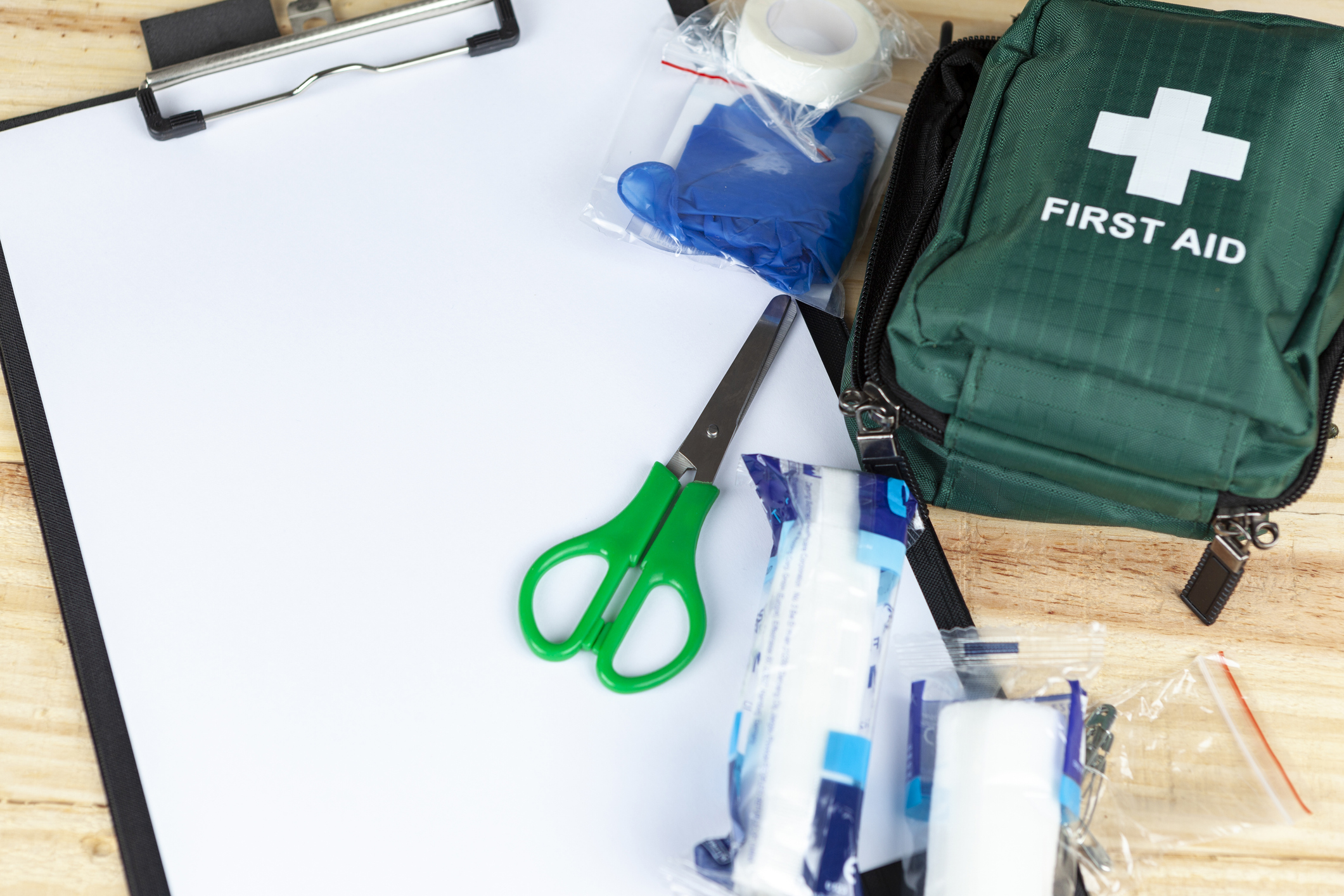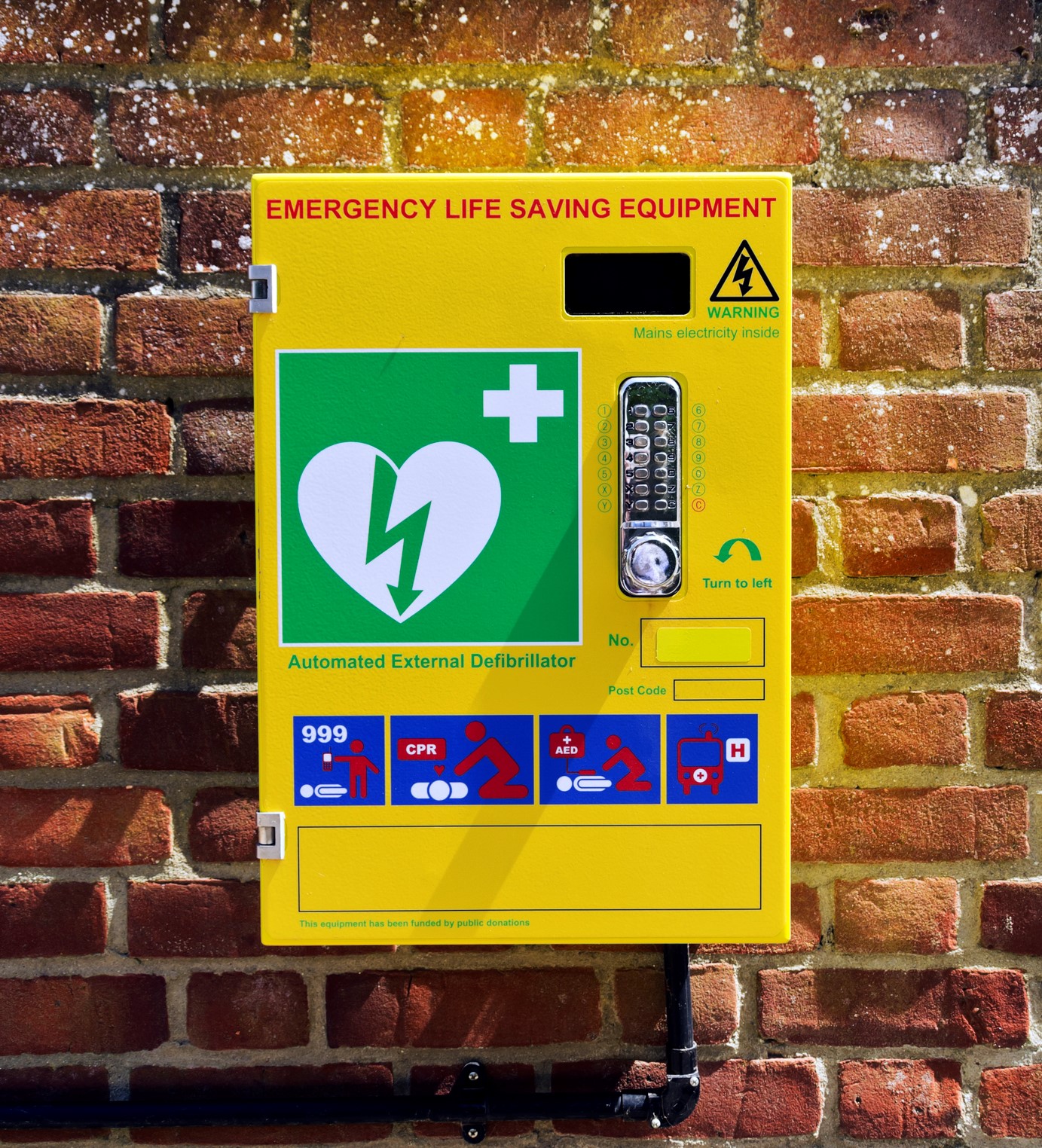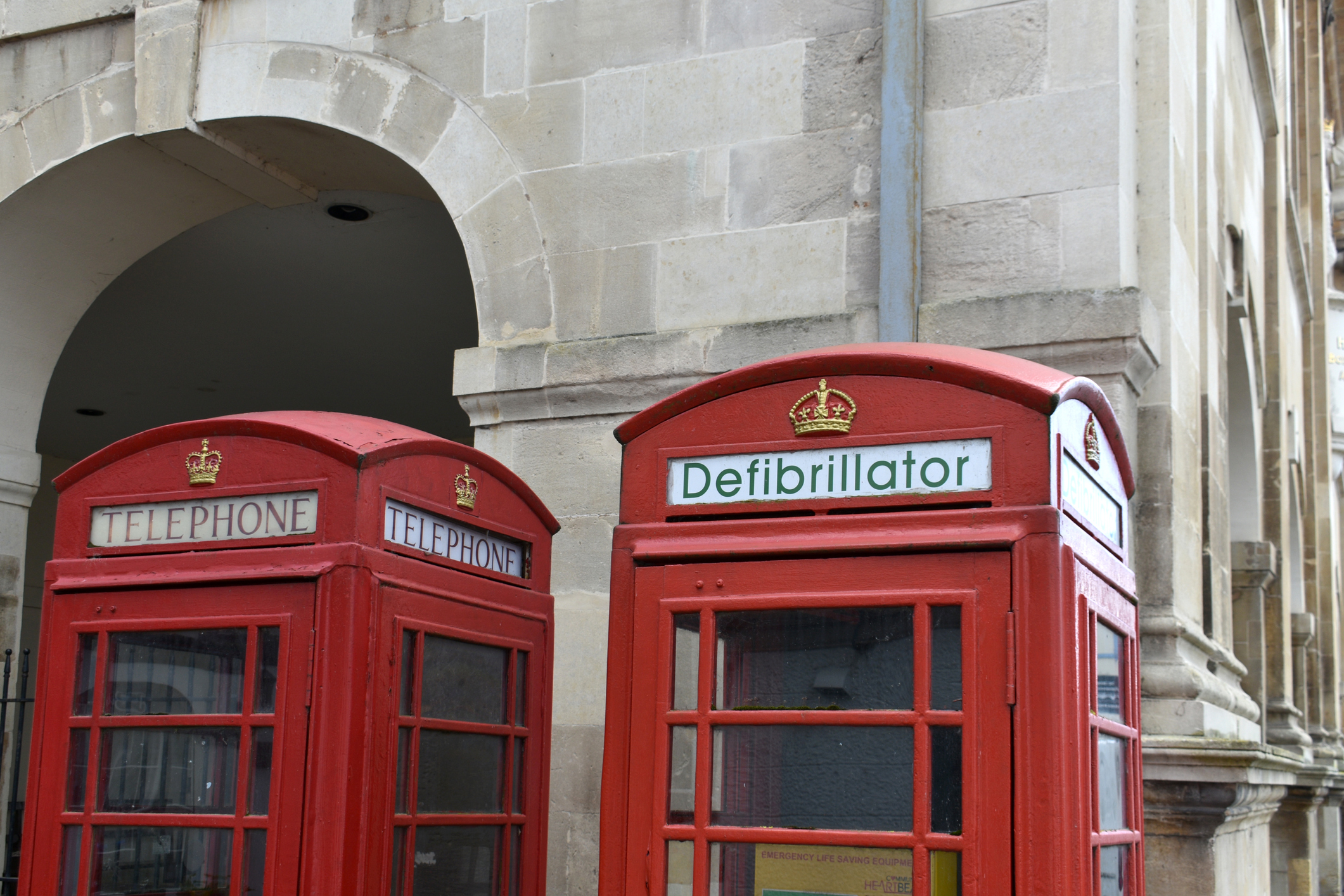“First aid provision must be 'adequate and appropriate in the circumstances'. This means that you must provide sufficient first aid equipment (first aid kit), facilities and personnel at all times”. Health and Safety Executive.

These provisions should support the administering of immediate, lifesaving first aid.
The provisions should be clearly signposted and visible across the premises, ensuring all staff, visitors and guests are made aware of their location.
This section will cover the key first aid equipment we strongly recommend organisations include within the first aid provisions they have in place.
Is your first aid kit adequate?
Organisations should undertake an assessment to determine if their existing first aid provisions are adequate for the treatment of immediate life threatening injuries.
This would include:
- Does the provision support the treatment of those with major bleeding?
- Does the provision support those who are not breathing as a result of unconsciousness or an obstructed airway?
- Does the provision have the capability to help multiple casualties?
Organisations are encouraged to speak to their first aid suppliers to ensure their provisions meet these requirements
To support this, the Department of Health and Social Care and the National Counter Terrorism Security Office recommend the adoption of Public Access Trauma (PAcT) First Aid Kits.
Counter Terrorism Policing, working with various lead government departments and medical professionals/organisations have introduced Public Access Trauma (PAcT) First Aid Kits.
A PAcT First Aid Kit supports the treatment of immediate, life threatening injuries such as major bleeding and those who are not breathing on their own.
PAcT First Aid Kits must be located in publicly accessible locations and areas to which people can easily access. They are designed to be used by ANY person, regardless of their level of first aid training and supports the first aid efforts until such time the emergency services arrive.
The PAcT First Aid Kit may also be used by an injured person who is able to self-treat themselves.
Further separate guidance on PAcT First Aid Kits is available and should be read in conjunction with this guidance document.
Defibrillators
A defibrillator is a device that gives a high energy electric shock to the heart of someone who is in cardiac arrest.
This high energy shock is called defibrillation, and it's an essential part in trying to save the life of someone who’s in cardiac arrest.
A defibrillator may also be referred to as a defib, an AED (Automated External Defibrillator) or a PAD (Public Access Defibrillator).
These are becoming more widespread across the country.

Further information on defibrillators can be found on the British Heart Foundation website and the Resuscitation Council UK website
Casualty stretchers
Considerations:
- how will the location and use of the stretchers be advertised?
- will training be required for their use? What, if any instructions on their use should be with the stretcher
- how many people will be required to effectively use the stretchers? Will the weight and size of the injured person make ease of use difficult?
- what injuries would the stretchers be used for? Is it practical and necessary to move the injured person? Can they be given first aid where they are?
- will the environment and architecture of the building limit their effectiveness (stairs and tight corners etc.)?
- will people know where to move injured people to? Is the route safe? Does it present greater danger?
Regardless of the above considerations, stretchers are an important first aid provision and having them in place is much better than to not.
Location for first aid provisions
As has been discussed earlier, first aid provisions should be clearly signposted and visible and in places accessible by all.
Consider mounting them on a wall or in a cabinet so it is visible and easy to access by any person. You may also want to consider how accessible the kit will be for a person with an injury who would require the kit to self-treat, and could not reach above a certain height as a result of their injury.

As with any other publicly accessible equipment, there must be due regard to the security of the kit to
ensure the integrity remains intact and, where possible, damage/loss from vandalism/theft is mitigated. Consider the use of tamper-seals, similar to those used on fire safety equipment such as fire extinguishers, taking care that they do NOT inhibit the accessibility and functionality of the kit when required in an emergency.
